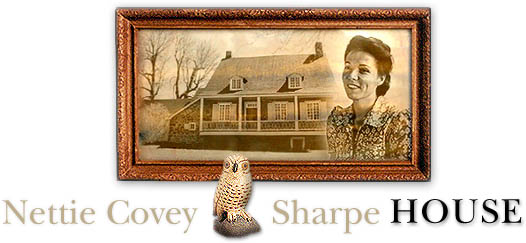
|
|
|
 |
|
Nettie Covey Sharpe was born in 1907 in Saint-Augustin-de-Woburn, near Lac Mégantic. This young Anglophone went to the French parish school, where she met a friend who regularly invited her home. It was there that Nettie discovered "the warmth of the French-Canadian tradition." As she told Jean-François Blanchette in a 1983 interview, she purchased her first collectible at the age of 27. In fact, she had started collecting at a time when only a few connoisseurs took an interest in Quebec antiques or folk art. |
 Marius Barbeau
Marius Barbeau
|
Before the 1950s, few collectors were interested in the treasures of the Quebec countryside with the exception of a handful of specialists, occasionally Canadian, but more often American. Mrs. Covey Sharpe was inspired by ethnologists Marius Barbeau and Jean Palardy, who were working in the field and who helped her develop her collection, the quality of which constantly continued to improve. |
 |
|
|

